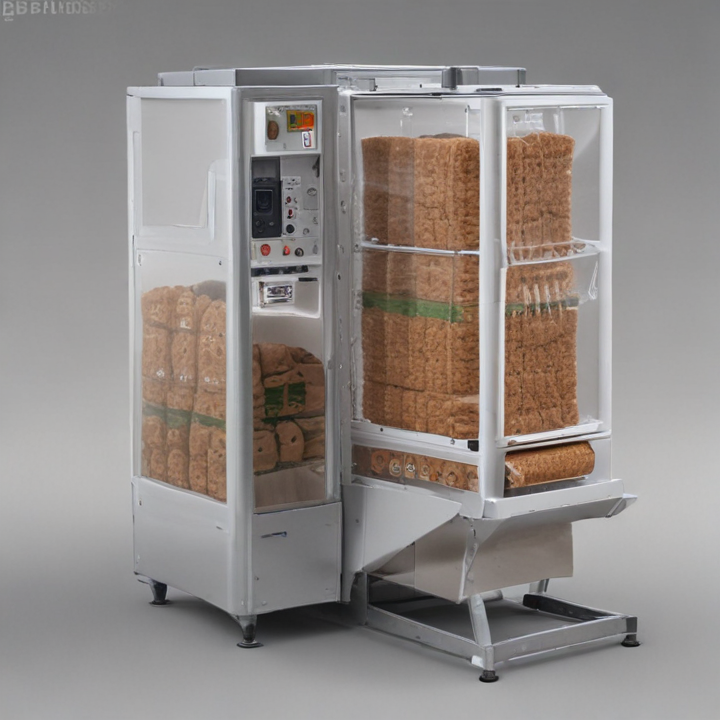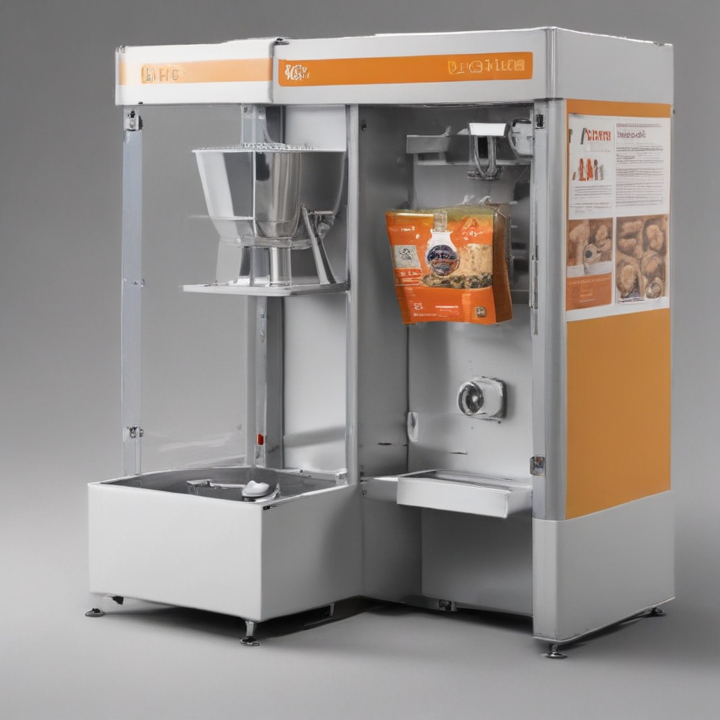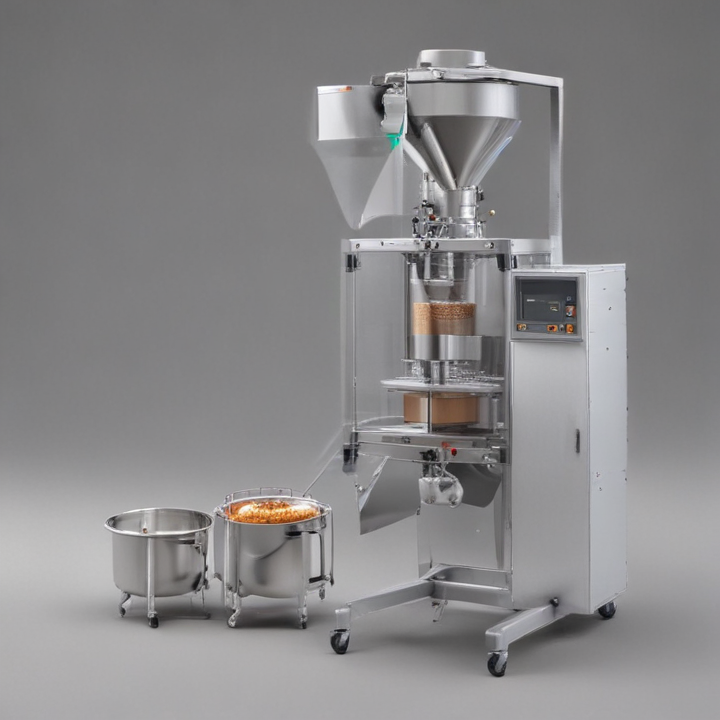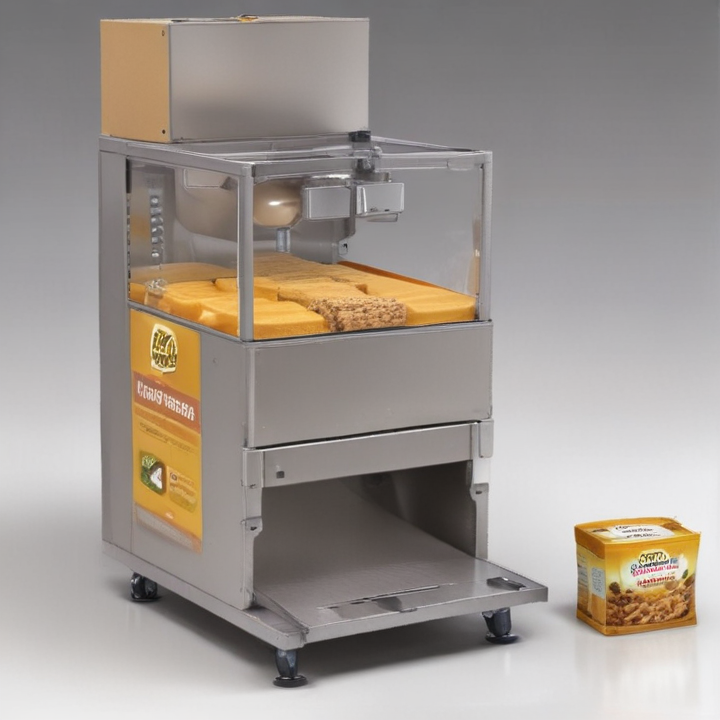List Technical Parameters of “pet food packaging equipment”
Pet food packaging equipment must meet a host of technical parameters to ensure efficient, high-quality, and compliant operations. Below are some key technical parameters:
1. Throughput Rate:
– *Speed:* Measured in units per minute or hour, indicating how many packages the equipment can process.
– *Capacity:* Volume or weight capacity of pet food the machine can handle (e.g., kg/day).
2. Packaging Types:
– *Compatibility:* Ability to handle various packaging forms like bags, pouches, cans, and cartons.
– *Material:* Suitable for different packaging materials, including plastic, aluminum, and laminated films.
3. Accuracy:
– *Filling Precision:* Ensures the correct amount of pet food is dispensed into each package (± grams).
– *Sealing Integrity:* Proper sealing to maintain freshness and prevent contamination.
4. Automation Level:
– *Automation Grade:* Ranges from semi-automated to fully automated systems.
– *Control Systems:* Integration with PLC (Programmable Logic Controller) for precise operations and monitoring.
5. Footprint and Size:
– *Dimensions:* The physical size of the equipment and space requirements.
– *Modularity:* Flexibility to add or remove components based on production needs.
6. Material and Build Quality:
– *Construction Material:* Commonly stainless steel to ensure hygiene and durability.
– *Durability:* Resistance to wear and tear from handling abrasive pet food materials.
7. Power and Energy Efficiency:
– *Power Requirements:* Electrical specifications (e.g., voltage, phase, and wattage).
– *Energy Consumption:* Efficiency ratings to minimize operational costs.
8. Compliance:
– *Regulatory Standards:* Meets food safety standards such as FDA, USDA, and EU regulations.
– *Sanitation:* Features easy cleaning and maintenance options to ensure hygiene.
9. Versatility:
– *Adjustability:* Capability to switch between different pet food types and sizes quickly.
– *Customization:* Options for tailored solutions based on specific customer needs.
10. User Interface:
– *Ease of Operation:* User-friendly control panels and software for ease of use.
– *Training and Support:* Availability of technical support and training services.
By aligning with these parameters, pet food packaging equipment can ensure consistent performance, compliance, and efficiency in the packaging process.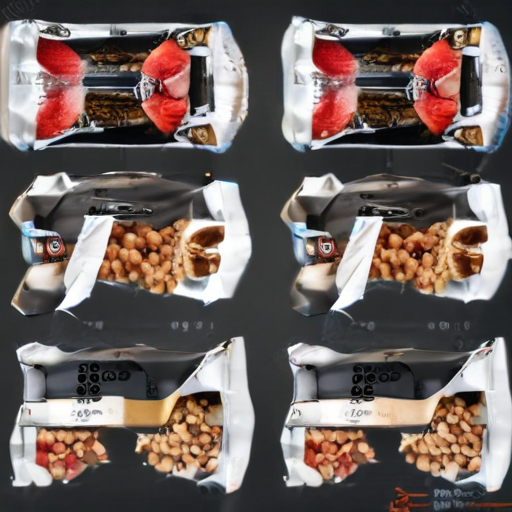
List Product features of “pet food packaging equipment”
Pet food packaging equipment is essential for maintaining product quality, safety, and presentation. Here are some key features of such equipment:
1. Automated Operation: Reduces human intervention, increasing efficiency and productivity while minimizing errors.
2. High-Speed Performance: Capable of rapidly processing large volumes of pet food, helping meet market demands.
3. Versatile Packaging Options: Supports a variety of packaging types such as pouches, bags, cans, and trays.
4. Precision Weighing and Filling: Ensures accurate portioning to maintain consistency and minimize waste.
5. Sealing Technology: Advanced sealing techniques like heat sealing or ultrasonic sealing to ensure packaging integrity and freshness.
6. Durability and Reliability: Constructed from robust, food-grade materials to withstand the rigors of daily use while ensuring hygiene.
7. User-Friendly Interface: Intuitive control panels and software for easy operation and quick adjustments.
8. Hygienic Design: Easy-to-clean surfaces and components to maintain cleanliness and meet industry regulations like FDA and EU standards.
9. Customizable Settings: Flexibility to adjust for different product sizes and types, accommodating a variety of pet food products.
10. Safety Features: Equipped with safety guards, emergency stops, and compliance with safety standards to protect operators.
11. Quality Control: Integrated inspection systems such as metal detectors and X-ray machines to detect contaminants and ensure product safety.
12. Energy Efficiency: Low power consumption models to reduce operational costs and environmental impact.
13. Scalability: Options to upgrade or scale up the system as production needs grow.
14. Integration Capability: Compatible with other systems like labeling, barcoding, and palletizing for a seamless production line.
15. Remote Monitoring: Advanced systems offer remote access for monitoring and troubleshooting, enhancing operational efficiency.
These features collectively ensure that pet food packaging equipment not only meets the high standards of quality and safety but also provides operational efficiency and flexibility necessary in the pet food industry.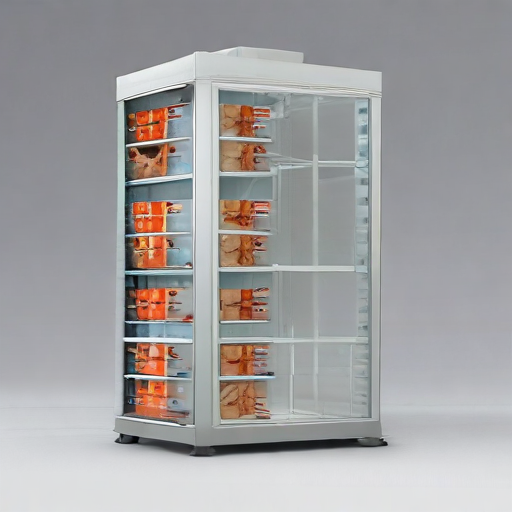
List Application of “pet food packaging equipment”
Pet food packaging equipment plays a vital role in the pet food industry by ensuring the product’s quality, safety, and appeal. Here are several key applications:
1. Packaging Variety: Different types of pet foods—dry kibble, wet canned food, semi-moist food, and treats—require distinct packaging materials and methods. Customized packaging equipment can handle these variations, ensuring proper sealing and preservation.
2. Preservation and Freshness: Packaging equipment, such as vacuum sealers and modified atmosphere packaging (MAP) systems, helps extend shelf life by removing or replacing the air around the product, keeping it fresher for longer.
3. Portion Control: Pre-measured packaging (such as single-serve sachets) facilitated by advanced equipment ensures convenience for pet owners and consistency in feeding portions, promoting better pet health.
4. Automated Filling and Sealing: Automated filling and sealing machines increase efficiency by handling large volumes of product with speed and accuracy. Automation minimizes human error, ensuring consistent quality.
5. Labeling and Branding: Advanced equipment allows for precise labeling and branding, including printing of nutritional information, expiration dates, and attractive graphics that can enhance product appeal and compliance with regulations.
6. Safety and Hygiene: Equipment designed with food safety standards ensures that pet food is packaged in a hygienic environment, reducing the risk of contamination. This is crucial for both consumer trust and regulatory compliance.
7. Sustainability: Modern packaging machines often support eco-friendly materials and processes, reflecting growing consumer demand for sustainable pet food products.
8. Cost Efficiency: Efficient packaging equipment reduces waste, labor costs, and operational downtime, contributing to overall cost savings for manufacturers.
In summary, pet food packaging equipment serves multiple crucial functions in the pet food industry—from extending product shelf life and ensuring portion control to enhancing brand presentation and maintaining safety standards.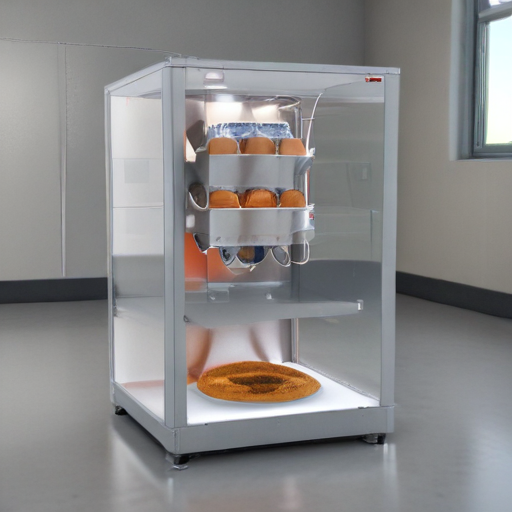
List Various Types of “pet food packaging equipment”
Pet food packaging equipment encompasses various machines designed to package pet food efficiently, maintaining its quality and safety. Key types include:
1. Form-Fill-Seal Machines: These automated machines form packaging from a flat roll of film, fill it with pet food, and seal it. They are versatile and widely used for both dry and wet pet food.
2. Vertical Form Fill Seal (VFFS): Ideal for packaging dry pet food like kibble, treats, and dehydrated products. It operates vertically to produce pouches and bags.
3. Horizontal Form Fill Seal (HFFS): Used for wet or semi-moist pet food, forming pouches horizontally. These are suitable for products that are less free-flowing.
4. Filling Machines: Automated fillers are essential for dosing dry, wet, and liquid pet food into containers. Variants include volumetric fillers for dry products and piston fillers for pastes and liquids.
5. Bagging Machines: Specifically designed for bagging large quantities of pet food, they handle various bag types such as gusseted, pillow-packs, and quad-seal bags.
6. Pouch Packaging Machines: Used for creating and sealing pouches that hold individual servings of pet food, treats, or moist food. They ensure airtight seals to preserve freshness.
7. Can Seamers: For wet pet foods stored in metal cans. These machines securely seam lids onto filled cans, ensuring leak-proof packaging.
8. Cartoning Machines: These machines assemble cartons and fill them with pet food pouches or packets. They are excellent for secondary packaging, adding an additional layer of protection.
9. Shrinking Wrap Machines: Applied around pallets of pet food products, these machines wrap them in shrink film for stability during transportation.
10. Labelling Machines: Essential for applying labels to various packages, ensuring that nutritional information, brand details, and other product information are present.
11. Checkweighers: These machines inspect the weight of packaged pet food, rejecting packages that do not meet specified weight criteria.
Each type of pet food packaging equipment is tailored to specific needs, helping maintain product integrity and extending shelf life.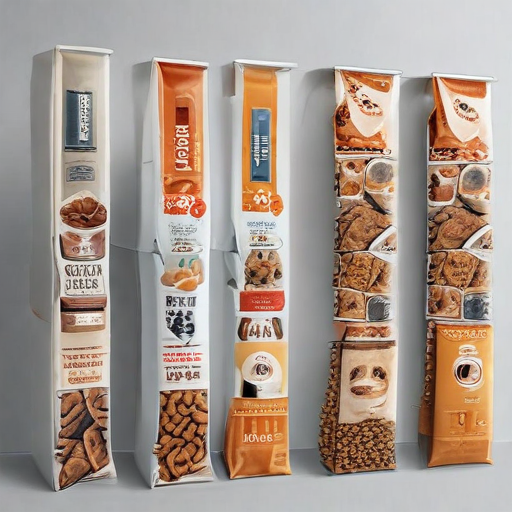
Custom Manufacturing Options for pet food packaging equipment
Custom manufacturing options for pet food packaging equipment offer a range of solutions tailored to meet specific requirements, ensuring efficiency and compliance with industry standards. Key options include:
1. Materials & Coatings: Custom equipment can be constructed from various materials such as stainless steel, which provides durability and is resistant to corrosion. Specialized coatings can also be applied to meet food safety standards and enhance longevity.
2. Size & Capacity: Equipment can be designed to handle different packaging sizes and volumes, accommodating small batch production to large-scale operations. Custom dimensions ensure optimal use of space and improve workflow efficiency.
3. Automation Levels: Automation can be tailored from semi-automatic to fully automated systems, including advanced robotics for tasks like filling, sealing, labeling, and palletizing. This customization improves speed, consistency, and labor savings.
4. Integration: Custom solutions can be integrated seamlessly into existing production lines, ensuring compatibility with other machinery and technologies. This includes software integration for real-time monitoring and data collection, enhancing operational transparency and control.
5. Special Features: Unique features such as vacuum sealing, modified atmosphere packaging (MAP), resealable options, and various closure mechanisms can be incorporated. These features preserve freshness and improve shelf life, meeting diverse market demands.
6. Design & Branding: Customizable design elements cater to brand specifications, including color schemes, logos, and specific packaging formats. This supports brand identity and market appeal.
7. Compliance & Safety: Custom equipment can be designed to comply with regulatory standards like FDA, USDA, and EU guidelines, ensuring safety and quality in pet food packaging processes.
8. Technical Support & Maintenance: Solutions often include tailored support plans, ensuring efficient operation and minimal downtime.
By addressing these customizable aspects, manufacturers can provide pet food packaging equipment that aligns perfectly with unique operational needs and market demands.
List Quality Control and The Manufacturing Process of “pet food packaging equipment”
Quality Control for Pet Food Packaging Equipment:
1. Design Review:
– Initial quality starts with robust design considering hygiene, safety, and durability.
2. Material Inspection:
– Only high-grade stainless steel and food-safe plastics are used.
3. Precision Fabrication:
– CNC machines ensure component accuracy and repeatability.
4. Assembly Checks:
– Components are assembled with rigorous inspection at each step.
5. Pilot Testing:
– Initial units undergo extensive testing with varied packaging materials.
6. Performance Testing:
– Equipment is tested for speed, accuracy, and efficiency.
7. Sanitation Review:
– Sanitation tests are conducted to ensure easy cleaning and no contamination.
8. Final Inspection:
– Each machine undergoes a comprehensive final inspection before dispatch.
9. Certification:
– Compliance with international food safety standards (e.g., ISO, FDA).
10. Post-Sales Support:
– Regular feedback and maintenance services ensure ongoing quality.
Manufacturing Process for Pet Food Packaging Equipment:
1. Conceptualization:
– Product specifications and customer requirements are translated into design blueprints.
2. Design and Prototyping:
– Engineers create detailed 3D models. Prototype units are built and tested.
3. Material Sourcing:
– Quality raw materials are sourced from certified suppliers.
4. Component Fabrication:
– Precision cutting, welding, and machining of parts using CNC and laser cutters.
5. Assembly Line:
– Skilled technicians assemble modules (motors, conveyors, sealing systems) in cleanroom conditions.
6. Wiring and Plumbing:
– Electrical and pneumatic systems are installed, ensuring energy efficiency and safety.
7. Inspection and Testing:
– Assembled machines undergo functional testing to simulate real-world use.
8. Finishing:
– Surface treatment and polishing for corrosion resistance and hygiene.
9. Quality Assurance:
– Final quality checks, compliance audits, and sanitation certification.
10. Packaging and Shipping:
– Machines are securely packaged and dispatched with comprehensive documentation for installation and use.
This meticulous quality control and structured manufacturing ensure the reliability and safety of pet food packaging equipment.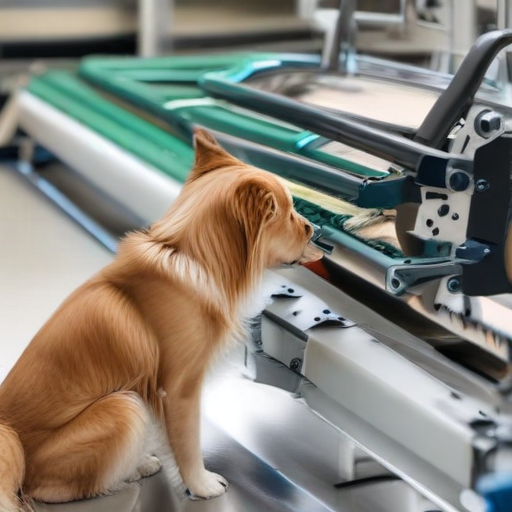
How to use “pet food packaging equipment”
Using pet food packaging equipment efficiently ensures product quality and extends shelf life. Here’s a simplified guide to help you navigate the process:
1. Preparation:
– Familiarize with Equipment: Read the user manual thoroughly. Identify all components and their functions.
– Cleaning: Sanitize equipment to prevent contamination. Follow manufacturer guidelines for cleaning frequency and methods.
– Setup: Assemble all parts correctly. Ensure sealing materials and packaging bags are within easy reach.
2. Loading:
– Pet Food Storage: Store pet food in a clean, dry place. Maintain an optimal temperature to prevent spoilage.
– Hopper Loading: Fill the hopper with pet food. Avoid overloading to ensure a smooth operation.
3. Operation:
– Power On: Turn on the equipment and set the desired packaging parameters (weight, bag size, sealing time).
– Calibration: Conduct a test run to calibrate weight and sealing parameters. Adjust settings if necessary.
– Feeding: The machine will automatically feed the pet food into the packaging section.
4. Sealing and Packaging:
– Seal Check: Ensure that sealing components are operating correctly. A proper seal is crucial for maintaining freshness.
– Bagging: Bags will be filled, sealed, and sometimes even labeled automatically, depending on your equipment.
– Inspection: Visually inspect packaged products for any sealing or weight inconsistencies.
5. Post-Operation:
– Turn Off: Power down equipment after use. Follow any manufacturer-specified procedures to avoid damage.
– Cleaning: Remove any residual pet food and clean the machinery to maintain hygiene.
– Maintenance: Regularly check for wear and tear. Replace any faulty parts as specified in the user manual.
6. Storage:
– Packaging Storage: Store finished packages in a cool, dry place, away from direct sunlight to ensure longevity.
– Equipment Storage: Cover and store equipment properly when not in use to protect from dust and moisture.
By following these steps, you can use your pet food packaging equipment safely and efficiently, ensuring high-quality packaging and maintaining product integrity.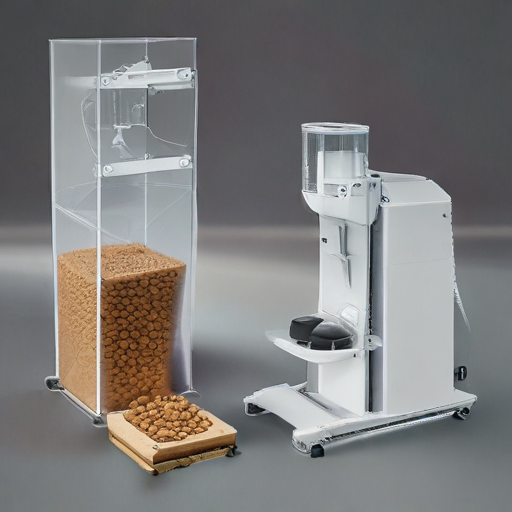
List Properties and Terms of “pet food packaging equipment”
Pet food packaging equipment comprises a variety of machinery designed to automate and streamline the packaging of pet food products. Here are some key properties and terms associated with this type of equipment:
1. Filling Machines: These machines measure and fill pet food into packaging containers, ensuring precision and consistency. Types include volumetric fillers and weigh fillers.
2. Sealing Machines: Sealing equipment ensures that packaging is airtight, preserving freshness and preventing contamination. Common sealing methods include heat sealing and ultrasonic sealing.
3. Bagging Machines: These automate the process of forming, filling, and sealing bags. Types include vertical form fill seal (VFFS) and horizontal form fill seal (HFFS) machines.
4. Labeling Machines: These apply labels to packaging, which may include brand information, nutritional data, and expiration dates. Labeling can be achieved via pressure-sensitive labels, shrink sleeves, or direct printing.
5. Conveying Systems: Conveyors are used to transport pet food products through various stages of the packaging process. Types include belt conveyors, roller conveyors, and screw conveyors.
6. Bulk Packaging Equipment: This is used for large volume packaging. It includes bulk bag fillers and bulk container fillers.
7. Quality Control Systems: These systems ensure that each package meets quality standards. This can include metal detectors, checkweighers, and vision systems.
8. Packaging Materials: Common materials include plastic bags, pouches, cans, and cartons, selected based on the product type and required shelf life.
9. Automation Integration: Modern pet food packaging equipment often integrates with automated systems for enhanced efficiency, including robotics for palletizing and automated guided vehicles (AGVs).
10. Sustainability Features: Increasingly important, these features ensure the use of eco-friendly materials and energy-efficient machinery.
11. Safety Standards: Adherence to food safety and hygiene regulations, such as ISO 22000 and HACCP, is crucial in pet food packaging.
Choosing the right pet food packaging equipment depends on factors like product type, production scale, and specific packaging requirements.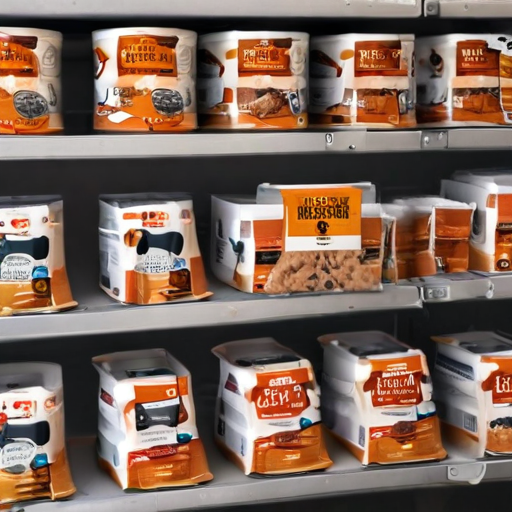
List The Evolution history of “pet food packaging equipment”
The evolution of pet food packaging equipment tracks closely with advances in packaging technology and shifts in consumer preferences:
1. Early 20th Century: Pet food, primarily dry kibble, was initially sold in bulk. Small, local mills or feed stores packaged pet food in simple sacks or boxes without specialized equipment. Packaging was rudimentary and manual.
2. Mid-20th Century: The growing commercial pet food market led to the adoption of automated machinery. Equipment like form-fill-seal machines started to be used for bagging dry kibble. Materials shifted from paper to more durable materials like plastic.
3. 1970s-1980s: As wet pet food became popular, the need for canning equipment arose. Automated canning lines, similar to those used in the human food industry, became standard. Flexible packaging options, like pouches, started emerging, driven by convenience and shelf stability.
4. 1990s: Advances in machinery allowed for better sealing and moisture control, crucial for maintaining pet food freshness. Vacuum packing and modified atmosphere packaging (MAP) were introduced. Filling machines became more sophisticated, with multi-head weighers improving accuracy and efficiency.
5. 2000s: Consumer demand for variety and convenience led to innovations in flexible packaging technology. Stand-up pouches and resealable bags became prevalent. Equipment evolved to handle diverse packaging types, incorporating features like zip closures and easy-tear openings.
6. 2010s: Sustainability concerns led to the development of eco-friendly packaging materials and machinery designed to handle them. Automation and robotics became more integrated, improving speed, hygiene, and labor efficiency. Smart packaging solutions using QR codes for traceability and freshness indicators emerged.
7. 2020s: The industry saw a push towards fully automated, smart factories. IoT-enabled equipment facilitated real-time monitoring and predictive maintenance, enhancing operational efficiency. Innovations focused on further reducing environmental impact with biodegradable and recyclable materials.
Overall, the evolution of pet food packaging equipment reflects both technological progress and changing consumer expectations, continually aiming for efficiency, convenience, and sustainability.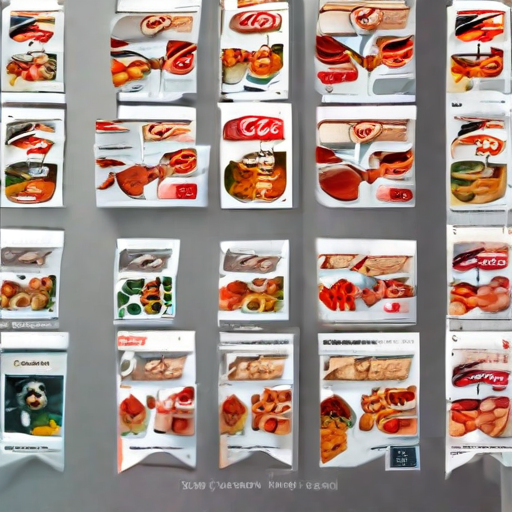
How to Select a Reliable pet food packaging equipment
Selecting reliable pet food packaging equipment involves several key considerations to ensure efficiency, durability, and safety. Here are steps to guide you in making an informed decision:
1. Assess Your Needs: Determine the volume and type of pet food (dry, wet, semi-moist) you intend to package. This helps in identifying the specific machinery required, such as baggers, canners, or vacuum sealers.
2. Quality and Durability: Opt for equipment made from high-quality materials like stainless steel, which is resistant to corrosion and easy to clean. Durable machines reduce downtime and maintenance costs.
3. Reputable Manufacturers: Research manufacturers with a strong track record in the pet food industry. Look for customer reviews, testimonials, and case studies to gauge reliability.
4. Compliance with Standards: Ensure the equipment meets industry standards like FDA, USDA, or local regulatory requirements for food safety and hygiene. This ensures the packaging protects the integrity of the pet food.
5. Versatility and Scalability: Choose equipment that can handle different packaging sizes and types, offering flexibility for product line expansion. Scalable solutions grow with your business needs.
6. Ease of Use and Maintenance: User-friendly machines with clear instructions and minimal maintenance requirements save time and effort, boosting productivity.
7. Technical Support and Warranty: Reliable after-sales support and a comprehensive warranty are crucial. Ensure the manufacturer provides training, spare parts, and prompt technical assistance.
8. Cost vs. Value: While budget constraints are important, prioritize long-term value over upfront costs. Investing in high-quality equipment may have higher initial expenses but often results in lower operational costs over time.
By meticulously evaluating these factors, you can select a reliable pet food packaging equipment that enhances your production efficiency, complies with safety standards, and supports your business growth.
List “pet food packaging equipment” FAQ
Certainly! Here are some frequently asked questions (FAQ) about pet food packaging equipment:
FAQ on Pet Food Packaging Equipment
1. What types of pet food can be packaged using the equipment?
– Pet food packaging equipment can handle dry, wet, semi-moist, and frozen pet foods, as well as treats and supplements.
2. What packaging formats are available?
– Common formats include bags, pouches, cans, jars, and trays. Some equipment allows for flexibility in switching between different formats.
3. What materials are compatible with the equipment?
– The equipment can typically handle a range of materials, including plastic, paper, aluminum, and composite films.
4. How energy-efficient is the equipment?
– Modern pet food packaging machines are designed to be energy-efficient, incorporating features like automated shutdowns and energy-saving modes.
5. Is the equipment easy to clean?
– Yes, most equipment has a clean-in-place (CIP) system or is designed for easy disassembly, making regular cleaning and maintenance straightforward.
6. What safety features are included?
– Safety features can include emergency stop buttons, guarding, interlocks, and compliance with food safety standards like HACCP and GMP.
7. How fast is the packaging process?
– Speeds can vary, but high-end machines can package hundreds of units per minute. The speed depends on the type and size of the packaging.
8. Can the equipment integrate with other systems?
– Yes, it can usually integrate with other systems like filling, labeling, sealing, and palletizing equipment, as well as software systems for tracking and quality control.
9. What is the typical lifespan of the equipment?
– With proper maintenance, the typical lifespan can be 10-15 years or more.
10. What is the cost range for pet food packaging equipment?
– Prices can range from a few thousand dollars for small-scale equipment to over a million dollars for high-capacity, fully automated systems.
11. Is technical support available?
– Most manufacturers offer technical support, including installation, training, and ongoing maintenance services.
12. Can the equipment handle different package sizes?
– Yes, many machines are adjustable to handle a range of package sizes and weights.
These FAQs provide a quick overview of important aspects to consider when evaluating pet food packaging equipment.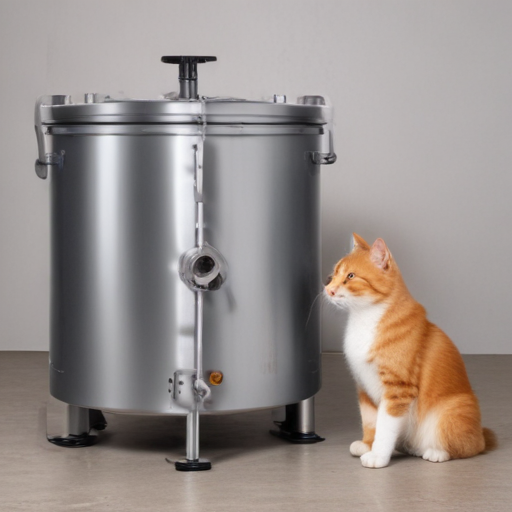
Top 10 FAQ with answer about pet food packaging equipment for Buyer Sourcing from China
Certainly! Here are the top 10 Frequently Asked Questions (FAQ) with answers about pet food packaging equipment for buyer sourcing from China:
1. What types of pet food packaging equipment are available?
– Answer: The main types include vertical form fill seal (VFFS) machines, horizontal flow wrap machines, multi-head weighers, and automatic bagging systems. Each type serves different packaging needs from small pouches to large bags.
2. How do I verify the quality of the equipment?
– Answer: Check for ISO certifications, CE markings, and ask for previous client testimonials or case studies. It’s also prudent to request a sample run using your product.
3. What materials can the equipment handle?
– Answer: Generally, the machines can handle diverse materials like plastic, paper, aluminum foil, and multi-layer laminates. Confirm with the supplier that the equipment meets your specific material requirements.
4. What are the typical lead times?
– Answer: Lead times vary but expect around 4-8 weeks for standard equipment. Custom equipment might take longer, between 8-12 weeks.
5. What customization options are available?
– Answer: Customizations can include machine size, filling capacities, sealing types, and integration features for automated lines. Discuss your specifications in detail with the supplier.
6. What’s the cost range for pet food packaging equipment?
– Answer: Prices can range from $10,000 to over $100,000 depending on the complexity, brand, and capabilities of the equipment.
7. How do I ensure after-sales support?
– Answer: Ensure the supplier offers comprehensive after-sales service, including warranty, spare parts availability, and technical support. Some may provide remote diagnostics and maintenance services.
8. How difficult is installation and training?
– Answer: Installation complexity varies. Most suppliers offer on-site installation and training or detailed manuals and video tutorials if on-site support isn’t feasible.
9. What about compliance with international standards?
– Answer: Verify that the equipment meets international standards like ISO, CE, and GMP. China suppliers often design their equipment to comply with these standards for export markets.
10. Are there language barriers?
– Answer: Most reputable Chinese suppliers have English-speaking sales and technical support teams. Clear communication should not be an issue if you choose a well-established manufacturer.
By addressing these key questions, buyers can make a more informed decision when sourcing pet food packaging equipment from China.

